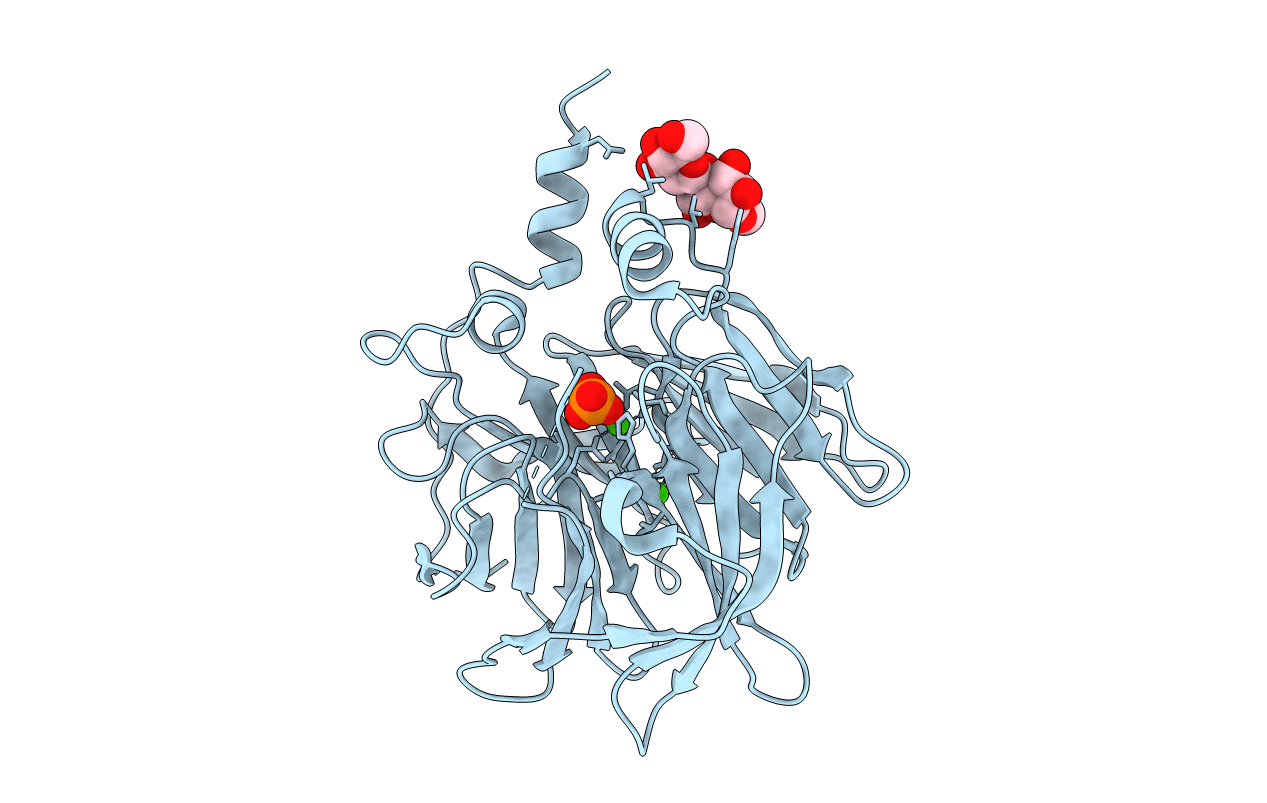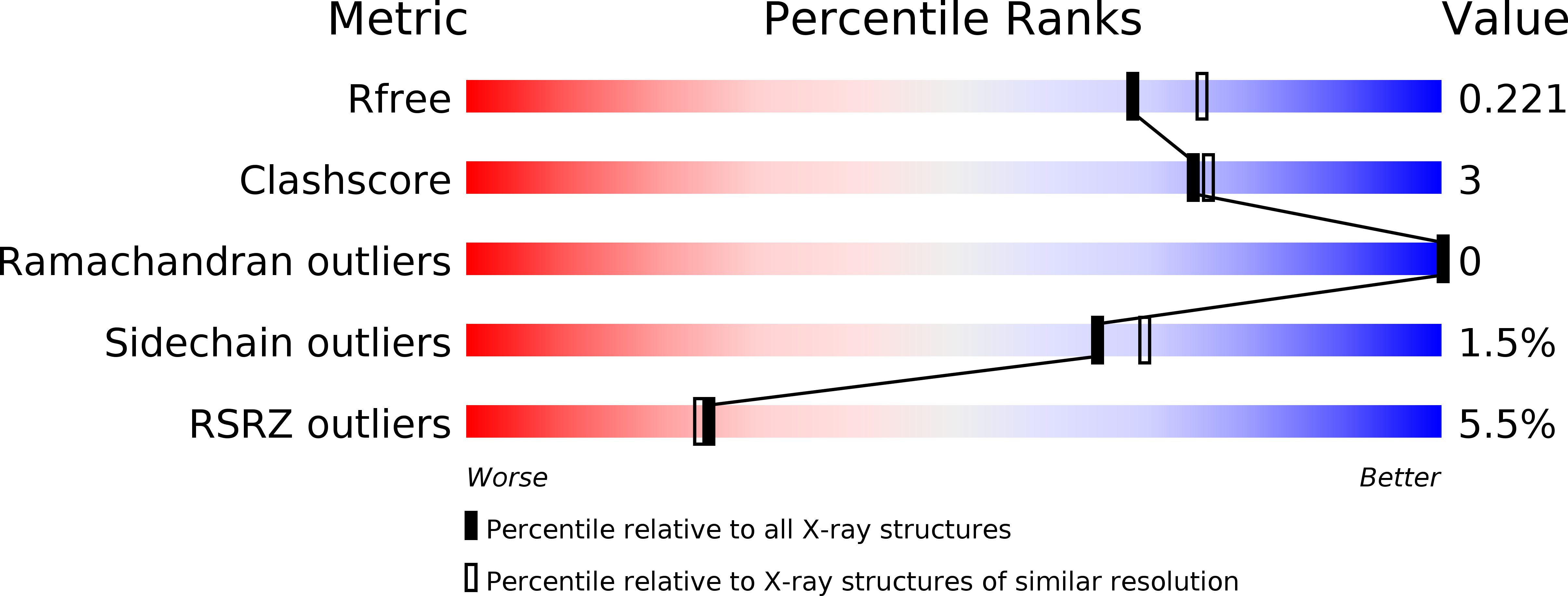
Deposition Date
2011-07-07
Release Date
2012-03-21
Last Version Date
2023-09-13
Method Details:
Experimental Method:
Resolution:
1.99 Å
R-Value Free:
0.22
R-Value Work:
0.19
R-Value Observed:
0.19
Space Group:
P 43 21 2


